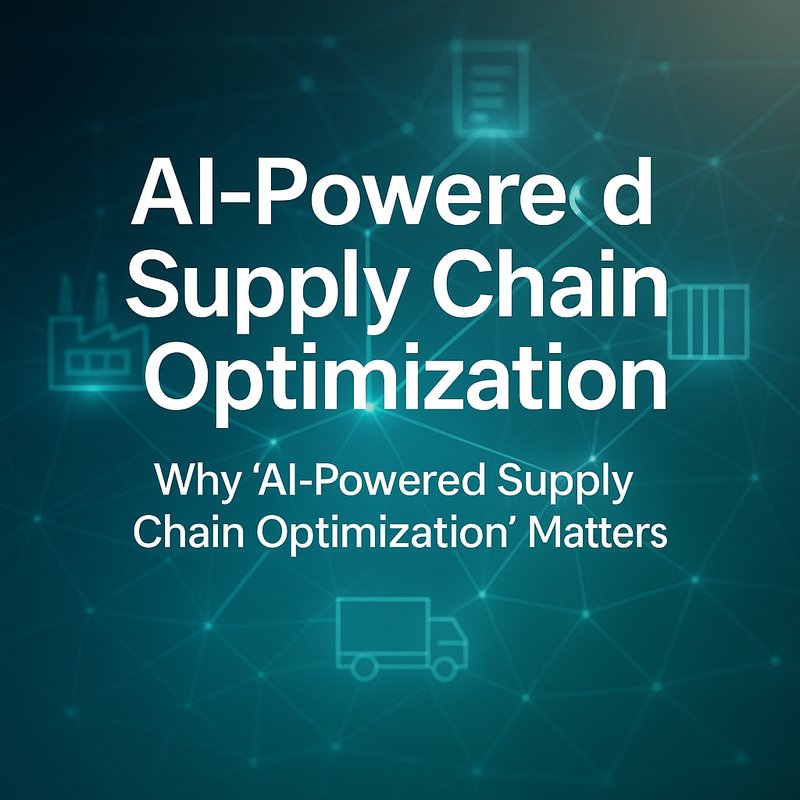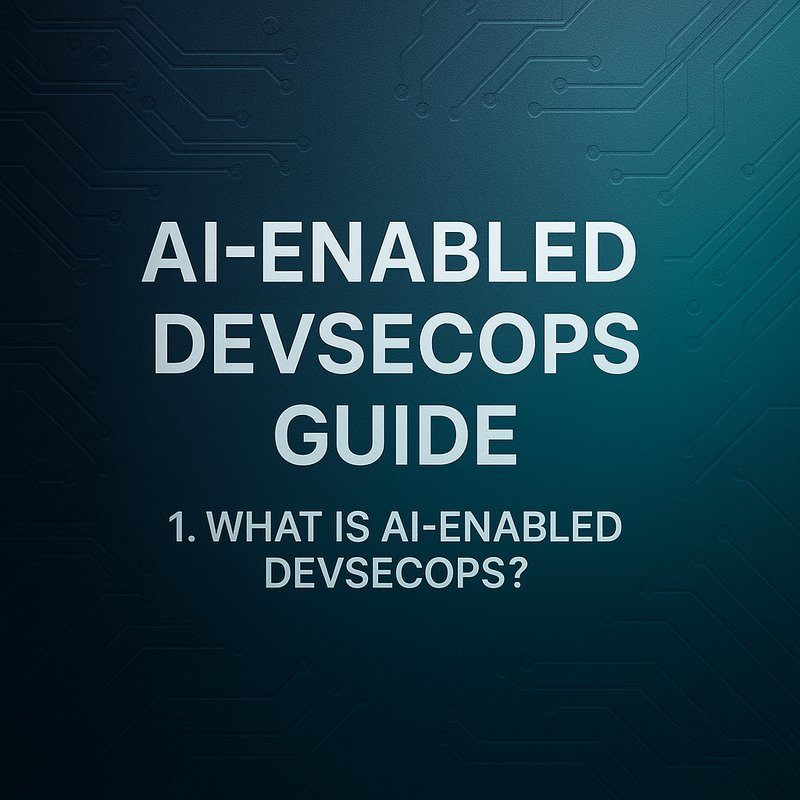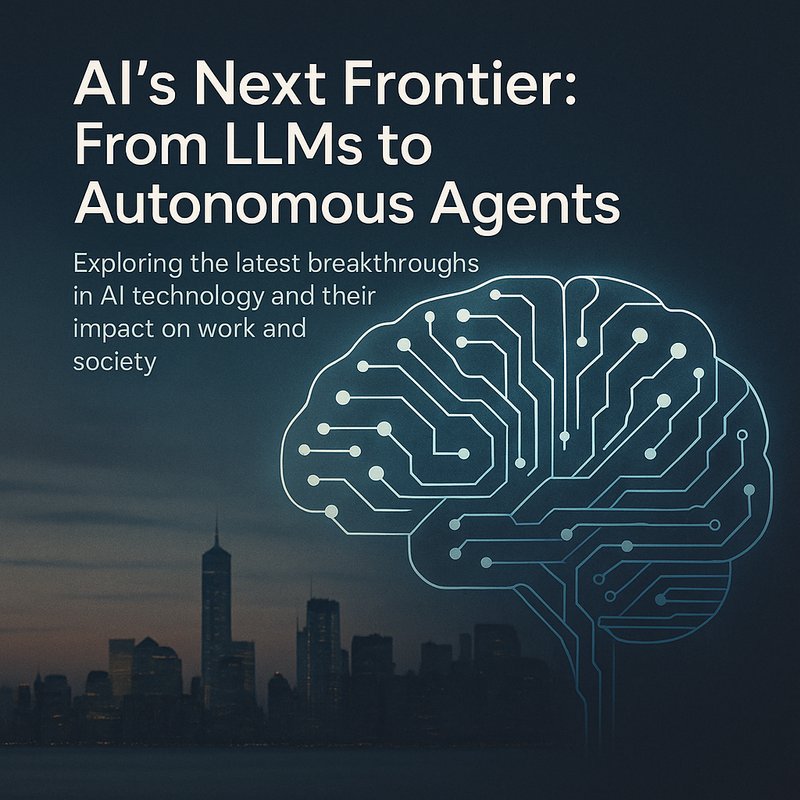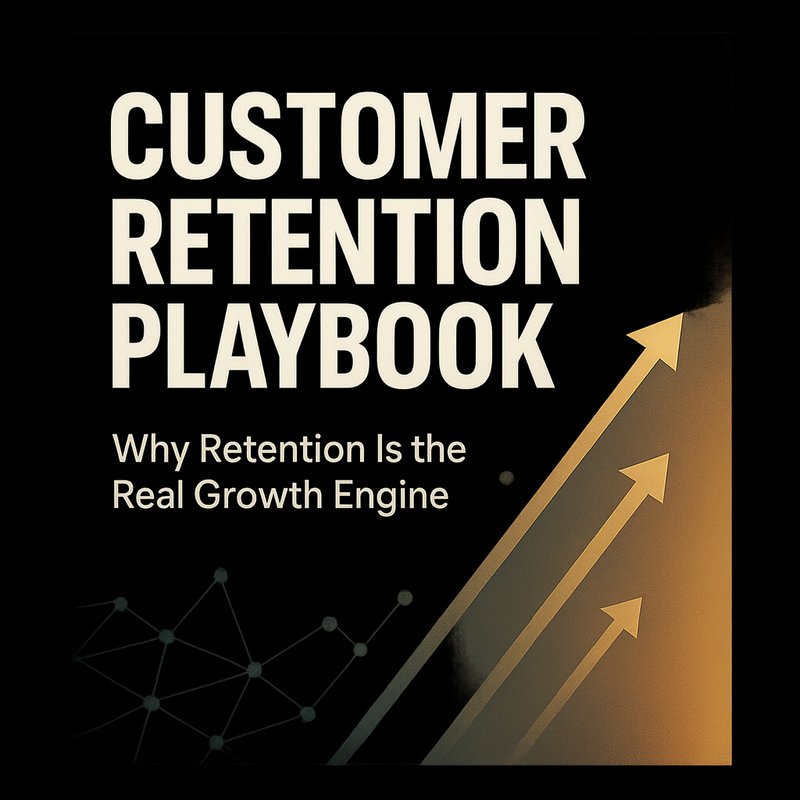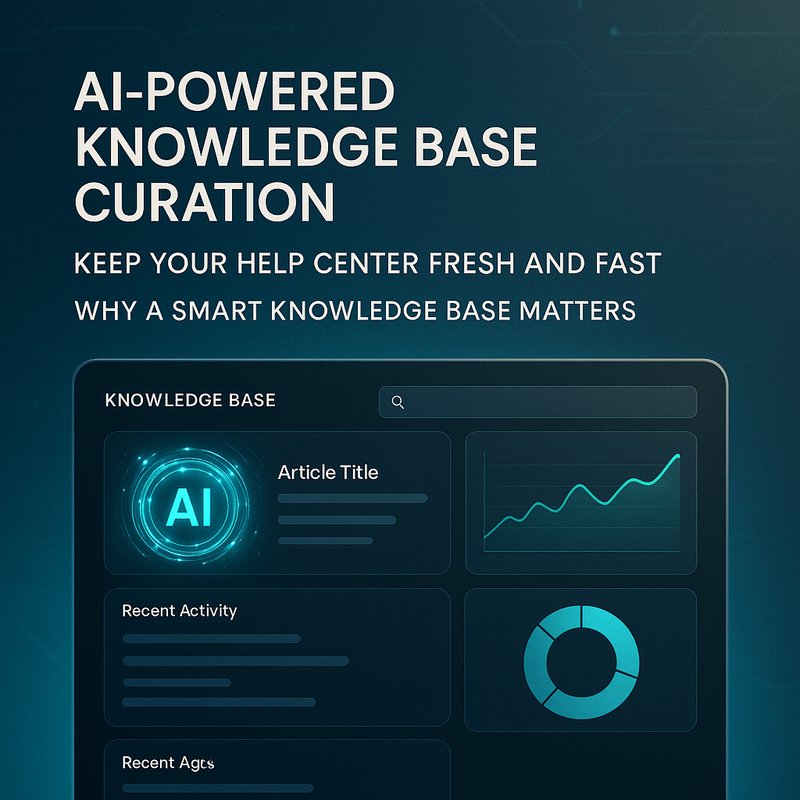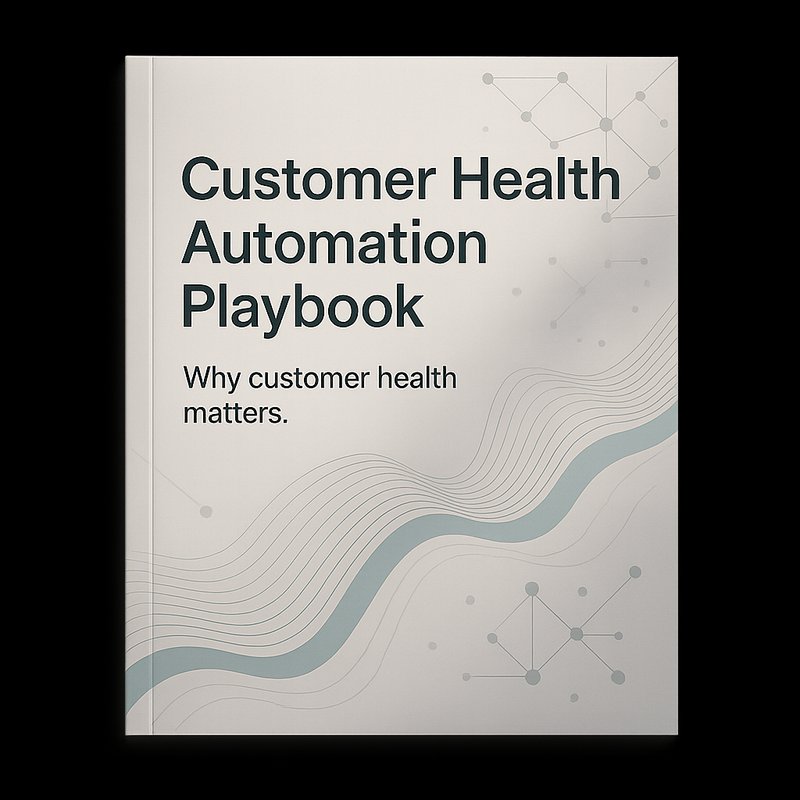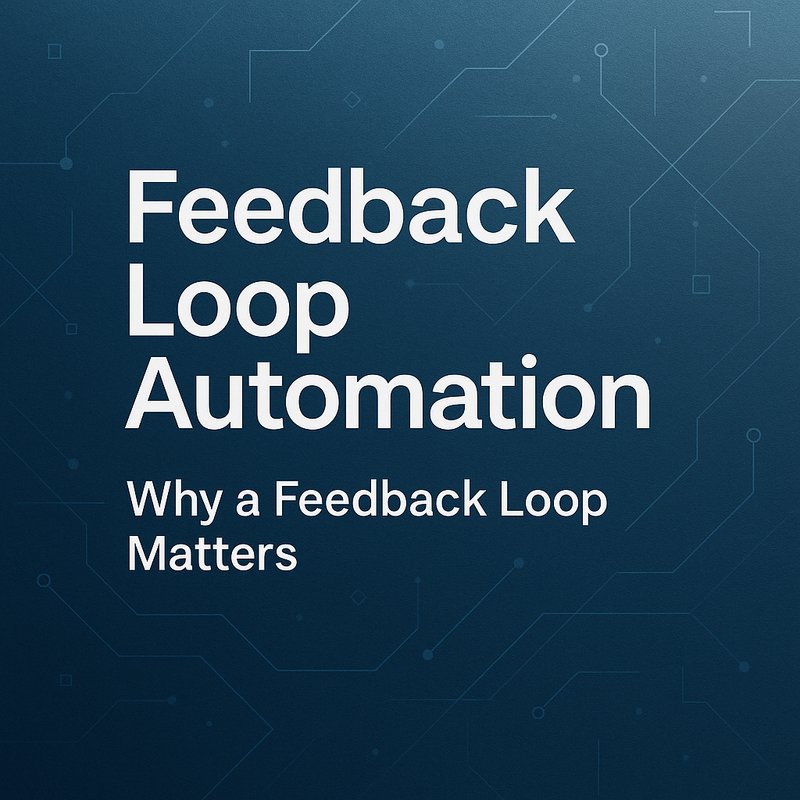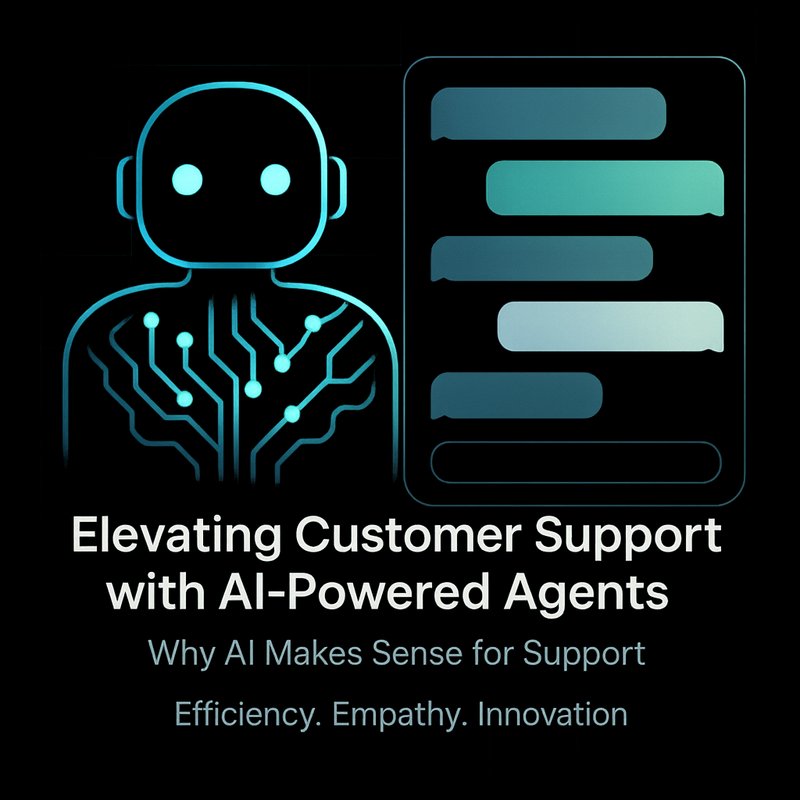The Rise of Efficient AI: Transforming the Future of Model Efficiency in 2025
In the ever-evolving landscape of artificial intelligence, 2025 has emerged as a transformative year, with efficiency and accessibility taking center stage. As AI models become increasingly complex, the demand for systems that are both powerful and efficient has never been greater. Microsoft’s Phi-3-mini stands out as a beacon of innovation, reshaping the future of AI by making it smarter, faster, and more accessible. But it’s not just about one model—this year has seen a wave of advancements that are redefining how we approach AI.
The Emergence of Reasoning Models: A New Frontier in AI
Reasoning models have emerged as a game-changer in 2025, distinct from traditional generative models. These models focus on mimicking human logical thinking, decision-making, and problem-solving, often involving step-by-step processing before delivering an answer. The progress in teaching models to reason using reinforcement learning (RL) has been a key driver, enabling expert-level performance on complex tasks like math, science, and coding.
China Closing the Gap: Rapid Progress in AI Development
While the U.S. still leads in producing top AI models, Chinese models are rapidly improving and achieving near-parity on key benchmarks like MMLU and HumanEval. China is also leading in AI publications and patents, signaling a significant shift in the global AI landscape.
The Role of Agentic AI: Autonomous Systems Take Center Stage
There’s a significant focus on building AI agents—autonomous systems that perceive, reason, and act to perform tasks. NVIDIA’s release of the open Llama Nemotron family of reasoning models, specifically designed for creating AI agents, is a testament to this trend. These models are being integrated with techniques like multi-hop retrieval to enhance search and exploration capabilities.
Vision AI Agents: Understanding and Acting on Visual Data
Vision language models (VLMs) are enabling the creation of visual AI agents that can understand and act on visual data, such as images and video streams. These agents are being used for tasks like real-time alerts, data extraction from documents, multimodal search, and classification.
The Rise of Open-Source Models: Democratizing AI
OpenAI’s upcoming open-source LLM, the first since GPT-2 in 2019, is set to make waves in the AI community. Similarly, Chinese tech giants like Alibaba, Baidu, and Tencent have released new models in 2025, further democratizing access to advanced AI technologies.
The Importance of AI Governance: Navigating the Regulatory Landscape
As innovation outpaces regulation, AI governance within organizations is becoming critical. Fewer than half of organizations have defined AI Acceptable Use Policies, highlighting the need for self-imposed standards to ensure responsible AI development and deployment.
Neura AI: Empowering the Future of AI with Integrated Tools

Neura AI is at the forefront of this transformation, offering an integrated business platform that leverages AI-powered RDA (Reasoning, Decision, and Action) agents to automate tasks, enhance creativity, and streamline operations. With a suite of tools like Artifacto, ACE, and TSB, Neura AI is democratizing access to AI for businesses and developers worldwide.
Neura Artifacto: Turbocharged AI for General Tasks
Neura Artifacto is a limitless AI interface designed for tasks like translations, generating images, analyzing documents, and more. It’s the perfect tool for users who need a versatile AI solution.
Neura ACE: Autonomous Content Generation
Neura ACE is an AI-powered content generation tool that automates the entire content creation process, from idea generation to CMS integration. It’s ideal for businesses looking to streamline their content workflows.
Neura TSB: AI-Powered Transcription Tool
Neura TSB is a free web-based AI transcription tool that can record voice, transcribe audio or video, and generate organized notes. It’s perfect for meetings, interviews, and content creation.
Neura TGO: AI Agents on Telegram
Neura TGO brings the power of AI to Telegram, offering support for text-to-speech and speech-to-text functionalities. It’s ideal for users who need AI assistance on the go.
Neura WAO: WhatsApp Oracle for General Tasks
Neura WAO is similar to Neura Artifacto, offering a range of AI-powered tasks on WhatsApp. It’s perfect for users who prefer using WhatsApp for their AI needs.
Neura RTS: Real-Time Research Engine
Neura RTS is an AI real-time research engine that helps users find deep research sources with links. It’s ideal for anyone who needs quick and accurate information.
Neura MGD: Markdown to Google Docs
Neura MGD is a free tool that converts markdown to Google Docs, fixing grammar automatically and allowing real-time collaboration.
Neura Tokenizer: Precise Token Counting

Neura Tokenizer is the ultimate tool for precise token counting, supporting markdown, emojis, and more.
Neura ESA: AI-Powered Email Sales Auto-Replier
Neura ESA is an AI-powered email sales auto-replier that connects with your favorite SMTP server to draft or send automatic responses based on the training dataset.
Neura WEB: AI-Powered Customer Support
Neura WEB is an AI-powered website customer support agent that replies to FAQs in real time and redirects users to the right channels.
Key Takeaways: The Future of AI in 2025
- Efficiency and Accessibility: The rise of models like Microsoft’s Phi-3-mini and Neura AI’s integrated platform is making AI more efficient and accessible.
- Reasoning Models: These models are driving progress in complex tasks like math, science, and coding.
- China’s Rapid Progress: Chinese models are achieving near-parity with U.S. models on key benchmarks.
- Agentic AI: Autonomous systems are becoming increasingly important for tasks that require perception, reasoning, and action.
- Vision AI Agents: VLMs are enabling the creation of visual AI agents for tasks like real-time alerts and data extraction.
- Open-Source Models: OpenAI’s upcoming open-source LLM and Chinese models are democratizing access to AI.
- AI Governance: Organizations need to define AI Acceptable Use Policies to ensure responsible AI development and deployment.
Conclusion: The Future of AI is Here
As we look ahead, the future of AI is both exciting and transformative. With models like Microsoft’s Phi-3-mini and platforms like Neura AI leading the charge, we are seeing a new era of efficiency, accessibility, and innovation. The rise of reasoning models, agentic AI, and vision AI agents is redefining how we approach AI, making it smarter, faster, and more accessible than ever before. The journey has just begun, and the potential is limitless.
Neura AI is at the forefront of this transformation, offering a suite of tools that empower businesses and developers to harness the power of AI. Whether it’s automating tasks, generating content, or providing customer support, Neura AI is the ultimate platform for anyone looking to embrace the future of AI.

